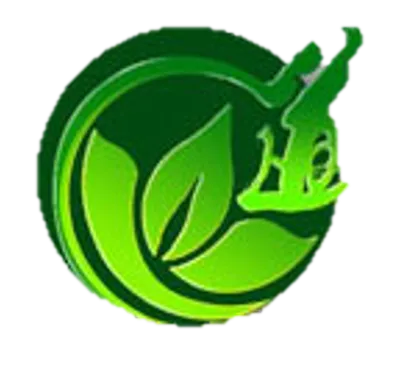Fungus
Fungal Infections – A Traditional Chinese Medicine Perspective
Eliminating Dampness, Clearing Heat, and Strengthening the Body's Defense
In Traditional Chinese Medicine (TCM), fungal infections—whether they appear on the skin, nails, scalp, mouth, or genital area—are classified under broader categories such as:
“Shi Du” (湿毒) – Damp-Toxin“Feng Shi” (风湿) – Wind-Damp“Chuan” (癣) – Tinea or ringworm-type eruptions“Yin Yang” (阴痒) – Genital itching“She Chuang” (湿疮) – Damp sores or eczema-like lesions
While Western medicine identifies fungal infections by the organism (e.g., Candida, Tinea, Aspergillus), TCM focuses on the internal conditions that allow fungi to flourish, particularly Dampness, Heat, and Spleen weakness. In most cases, the terrain of the body—especially the skin, digestive tract, or mucosal membranes—has become warm, moist, or acidic, creating the ideal environment for fungal growth.
🔹 TCM Causes and Mechanisms of Fungal Infections
Fungal infections in TCM are not simply due to external exposure. They result from internal imbalances that weaken the body's defenses and allow pathogens to thrive. Key contributing factors include:
Spleen Qi Deficiency: Leads to Damp accumulation in the body, weakening the immune system
Damp-Heat: Creates the perfect environment for fungal overgrowth, especially in moist areas (groin, armpits, feet)Liver Qi Stagnation: Leads to Heat and inflammatory reactions on the skin or internal mucosa
Weakened Zheng Qi (immune system): Allows external pathogens to invade and linger
Overconsumption of greasy, sweet, or raw foods: Weakens the Spleen and generates Dampness
🔹 Common TCM Patterns and Treatment Strategies
✅ Damp-Heat Accumulation
This is the most common pattern for fungal skin or vaginal infections.Symptoms: Red, itchy, moist or sticky lesions; foul odor; yellow discharge (in genital cases); burning sensation; greasy tongue coating
Treatment Principle: Clear Heat, drain Dampness, resolve toxins
✅ Spleen Qi Deficiency with Dampness
In chronic or recurring fungal conditions (e.g., athlete's foot, toenail fungus), the root is often Spleen deficiency.Symptoms: Fatigue, poor appetite, loose stools, chronic or slow-resolving infections, pale tongue with tooth marks, soft pulse
Treatment Principle: Strengthen Spleen, dry Damp, boost immunity
✅ Liver Fire Invading Lower Jiao (e.g., Genital Fungal Infections)
This pattern is common in stress-induced flare-ups or cases with strong burning or itching sensations.Symptoms: Genital burning, itching, yellow discharge, irritability, bitter taste, red tongue with yellow coating
Treatment Principle: Clear Liver Fire, cool Blood, stop itching
🔹 External Treatments in TCM
Topical herbal applications are often used to stop itching, dry dampness, and clear toxins.
🔹 Dietary and Lifestyle Guidelines
Avoid: Sugar, dairy, alcohol, fried or greasy foods (these feed Damp and yeast)Eat: Warm, cooked foods; bitter greens (dandelion, mustard greens); barley, job’s tears (Yi Yi Ren)Wear breathable fabrics: and keep skin folds dry
Practice hygiene: But avoid over-washing or using harsh soaps that disrupt skin’s balance
Manage stress: Emotional tension affects Liver Qi and contributes to flare-ups
✅ Conclusion
In Traditional Chinese Medicine, fungal infections are seen not only as external invaders but as signs of internal disharmony, especially involving Damp-Heat, Spleen weakness, and Liver imbalance. Treatment focuses on clearing the root cause, expelling the pathogen, and restoring a healthy internal terrain so that recurrence is minimized.Through personalized herbal formulas, acupuncture, external therapies, and lifestyle adjustments, TCM provides a holistic and sustainable approach to managing fungal conditions—naturally and effectively.
